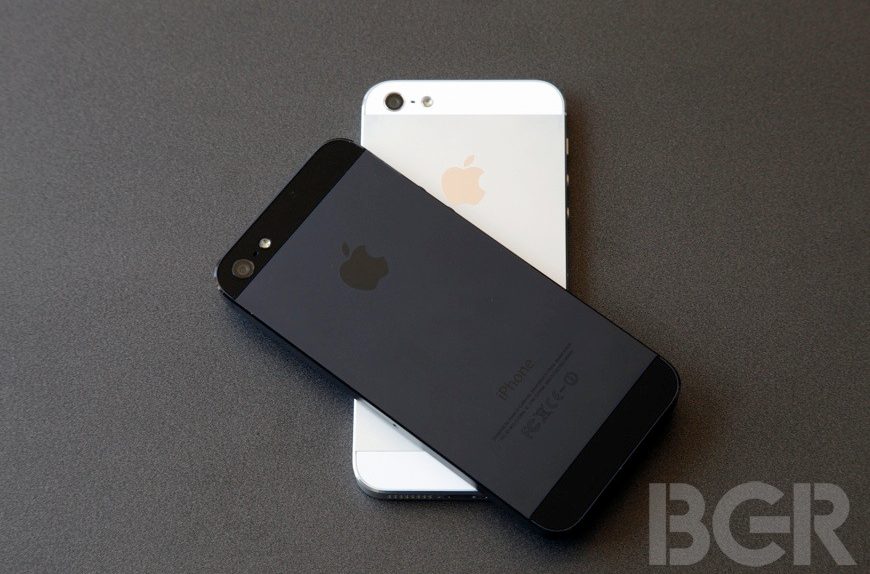A trickle of rumors about a cheaper iPhone has recently turned into a gush. This would seem to lend support to the idea that a budget iPhone really is about to launch at the end of 2013. But it’s puzzling that the rumors don’t seem to converge on one product concept. On the contrary, they point to opposite directions. Perhaps the most imposing article written on the topic was published by Bloomberg on January 9th. The story echoed a Wall Street Journal piece from January 8th, but Bloomberg went one decisive step further than WSJ by giving a very specific retail price range for the cheap iPhone: $99 to $149.
This, of course, would hit the phone market like a neutron bomb. The current retail price of a two-year old iPhone model is about $350. So Bloomberg in effect claimed that Apple (AAPL) is considering undercutting the price of an iPhone launched two generations ago by 57%. The only industry precedent to this kind of move would be the panicky RAZR price cuts Motorola implemented in 2007 as its global market share crashed by 50%. It’s hard to see Apple in this position in 2013.
Oddly enough, the latest rash of rumors claim that the cheaper iPhone would feature the same 4 inch display that the iPhone 5 employs. New rumors seem to be in agreement about a plastic chassis. Some of the leaks are very detailed, including minutiae like an oblong shape for the control buttons. However, these new iLounge and Digitimes leaks about the display quality seem to be in sharp contrast with the Bloomberg report about the budget iPhone price point. According to iSuppli, the industry bible on component pricing, the display tech of the iPhone 5 cost $44 in September 2012. This was a huge chunk of the $199 Bill of Materials. In comparison, the price of the camera modules was $18 and the advanced A6 processor cost just $17.50. The display technology was costlier than the combined price of the cameras, the processor and the battery.
Keeping the 4-inch retina display in the budget iPhone would thus make it impossible for Apple to price the device under $149 in retail and still make a profit. Moving to cheaper cameras, a budget processor and a plastic chassis simply cannot offer cost savings that would offset the display price. Choosing a high-quality, 4 inch display would effectively mean that the budget iPhone retail price would have to be at least $300. This in turn would be just 14% below the retail price of an iPhone 4 right now; hardly a break-out move for markets of Brazil or Indonesia. The budget iPhone enigma seems to just be deepening as rumors multiply.




